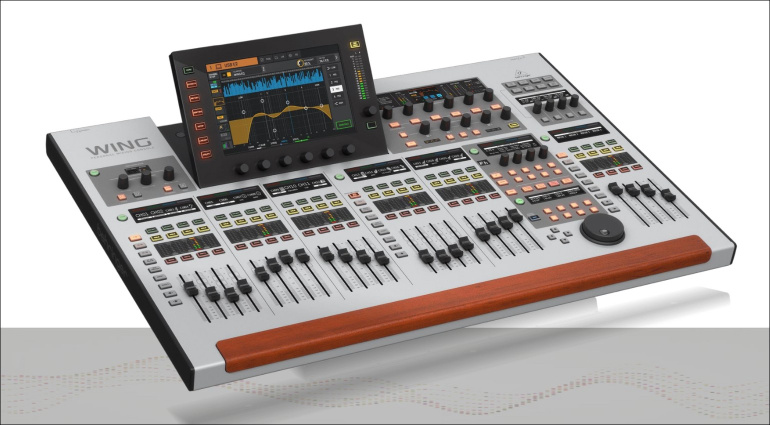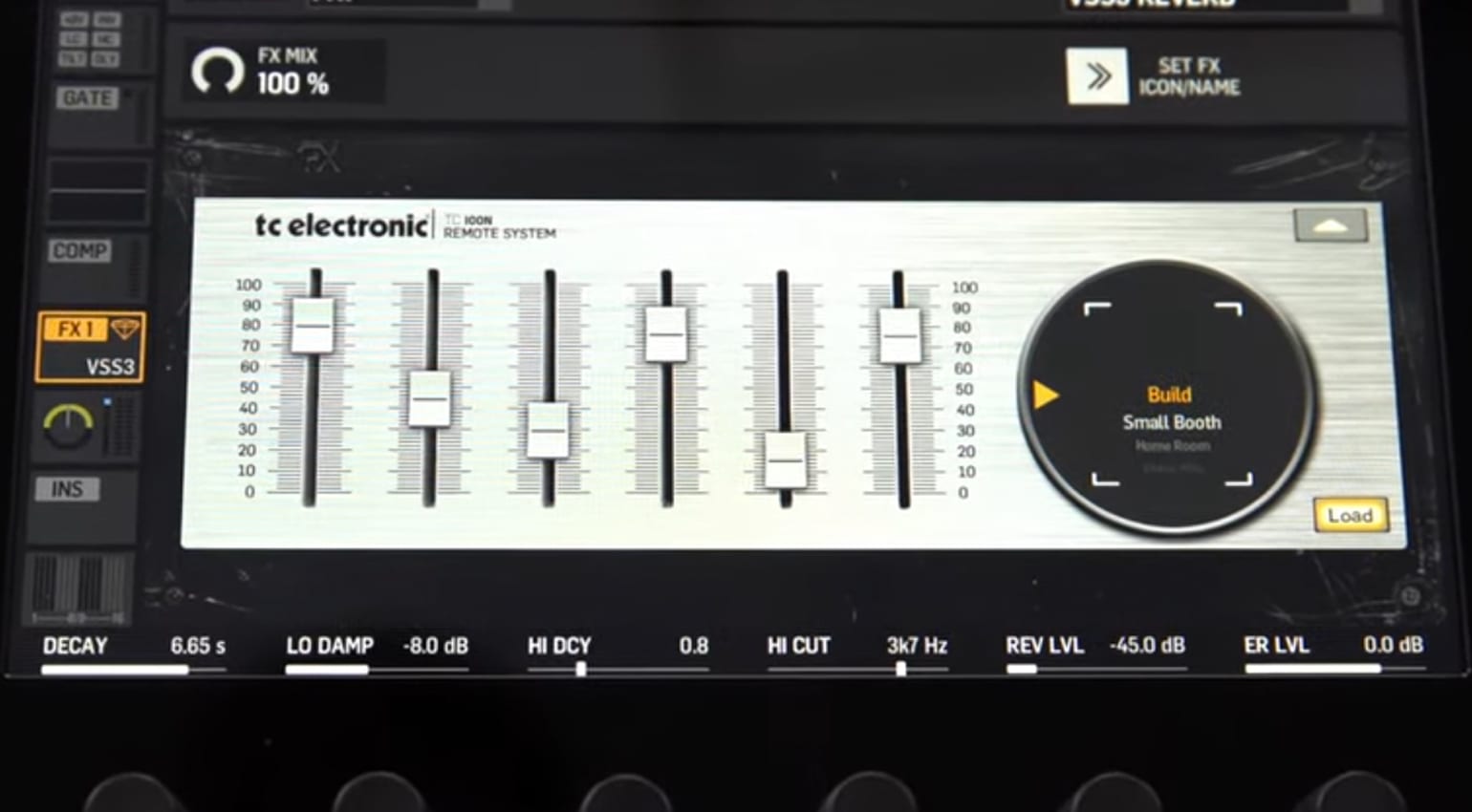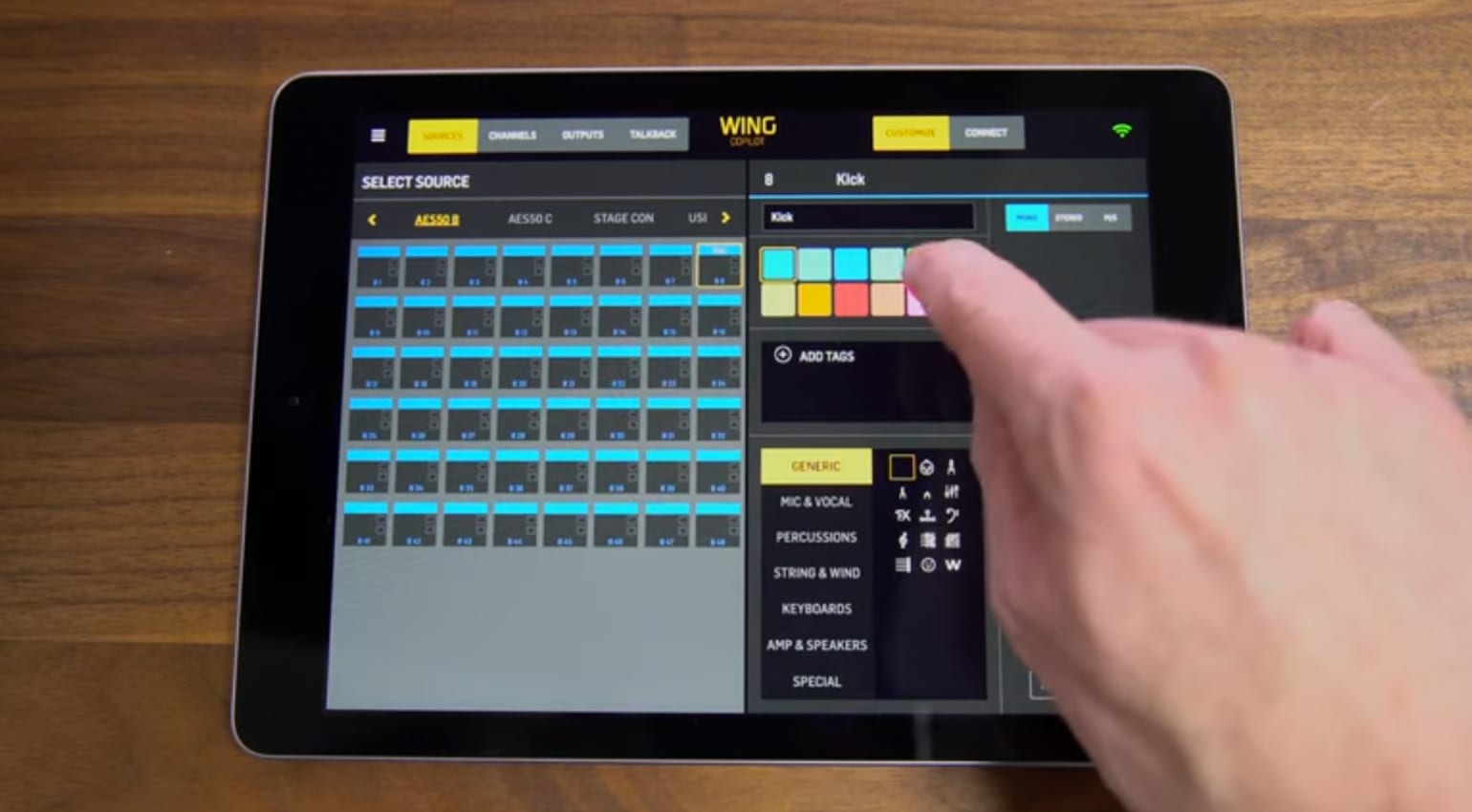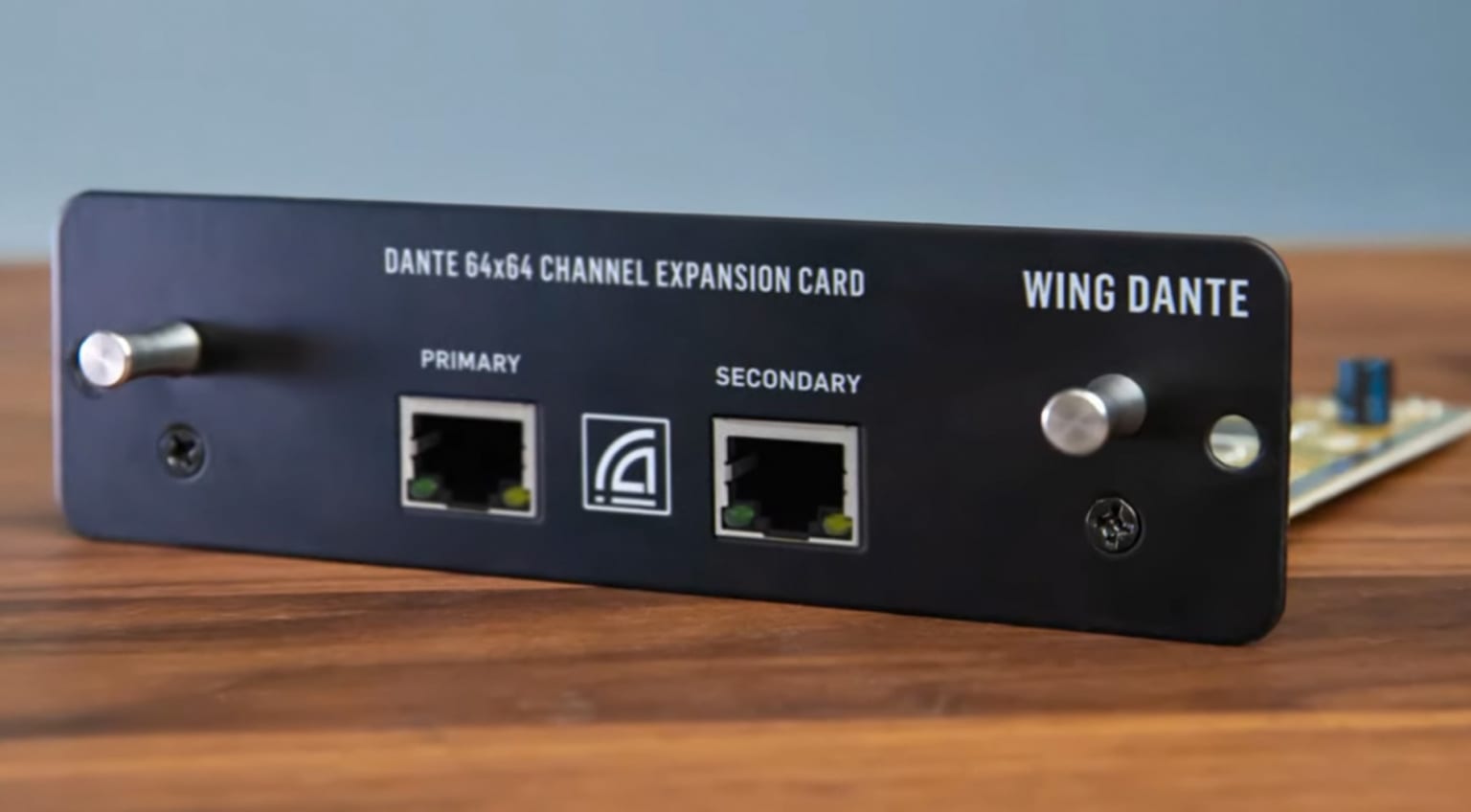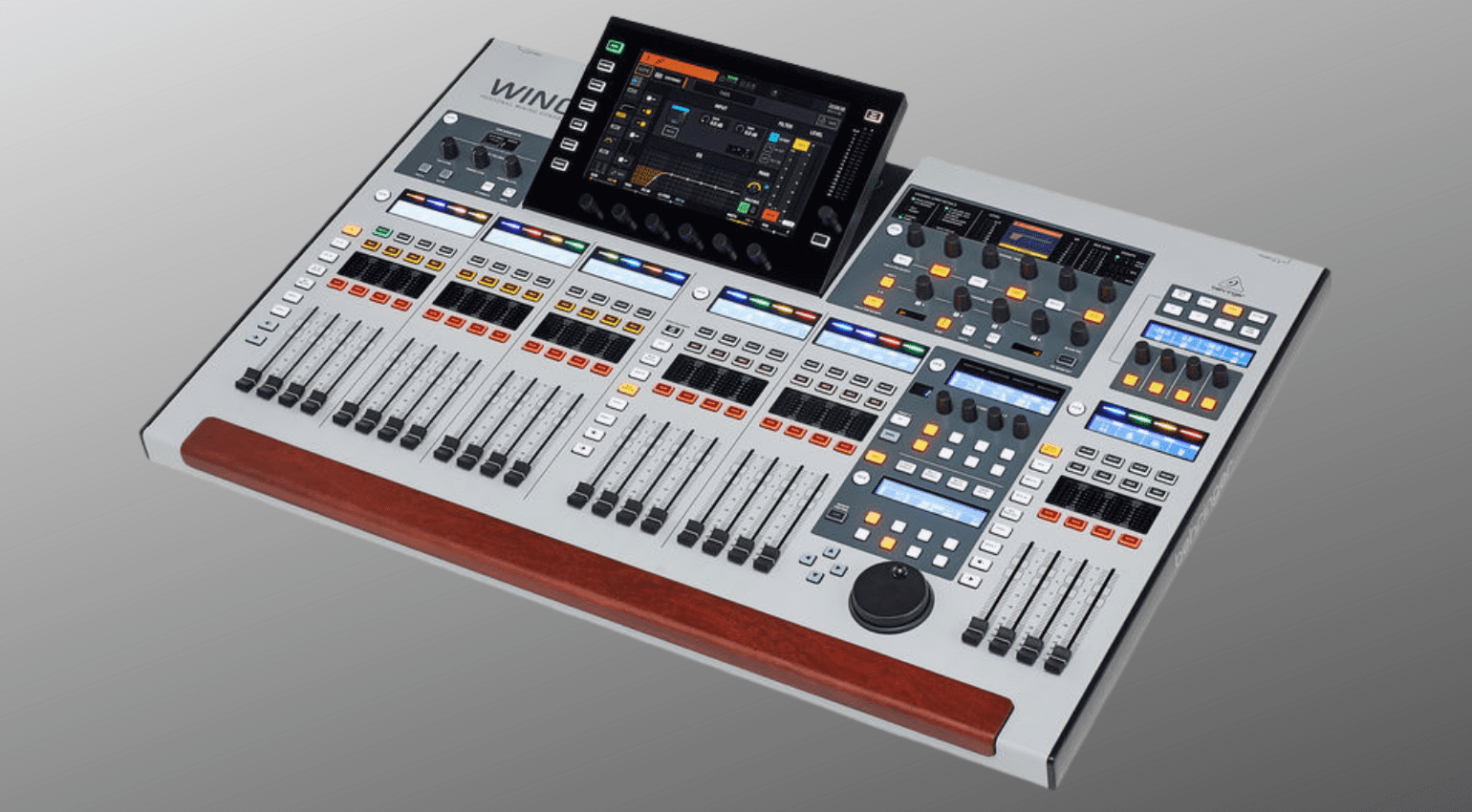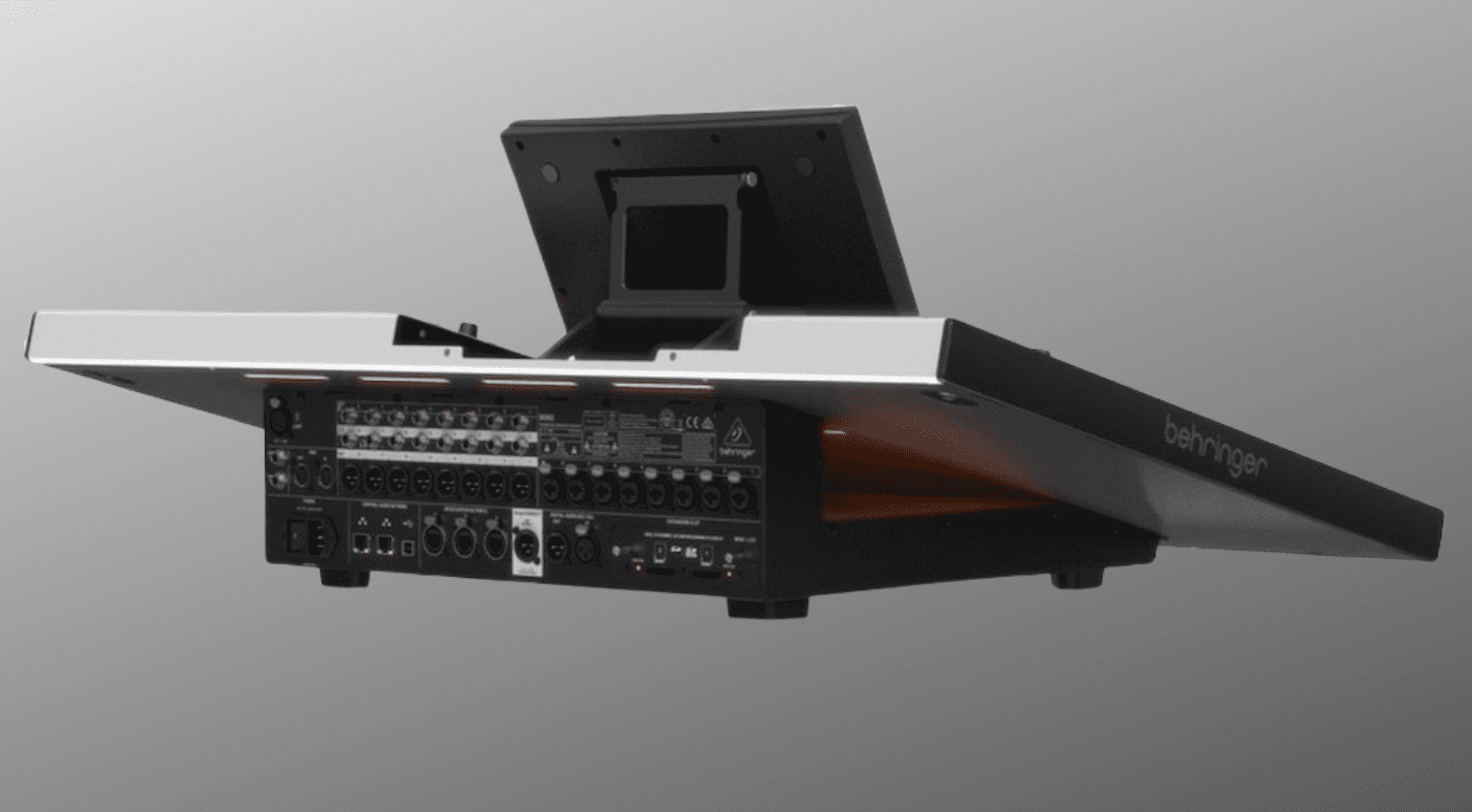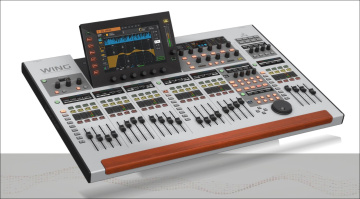Behringer Wing update 2.1 is here! Further updates to Behringer’s flagship digital mixing console now add the much-anticipated Spill function, giving users better control over DCA groups. And the developer fixed a lot of bugs too.
Behringer Wing Firmware Update 2.1
[Sept. 18th, 2024] The new Behringer Wing 2.1 firmware introduces significant enhancements that improve both functionality and workflow efficiency. One of the most notable additions in this update is the long-awaited Spill feature for DCAs, busses and effects. By simply selecting a DCA or bus, users can instantly see the specific channels assigned to it, simplifying group management and enabling quick balance adjustments. This enhancement greatly streamlines the mixing process and makes operation far more intuitive and responsive.
In addition to this feature, the 2.1 firmware includes a number of bug fixes that address previous console performance issues. Notable fixes include improvements to DEQ width behaviour, correction of rare customisation loading issues, and improved external clock synchronisation after power-up. The firmware also resolves issues with SD recording sessions and fixes problems with MIDI CC push functions that weren’t sending data correctly.
For users using Midas stage boxes, the firmware now ensures that these are clearly displayed with solid green status indicators. The update also improves the handling of firmware updates, minimising the risk of system boot problems caused by incorrect file names.
This update makes the Behringer Wing an even more reliable and powerful tool, especially for those who rely on real-time control in demanding live sound and recording environments. In particular, the Spill function is a significant step forward, providing a faster and smoother mixing experience, allowing users to focus on creativity rather than troubleshooting.
Wing 2.0 Update
Wing Q App
[August 3rd 2023] Behringer announces today the new Wing Q App; a native app for iOS/Android devices such as smartphones and tablets. Wing Q is replacing the previous Co-Pilot app (see below) and promises: Faster and more reliable network connection, significantly reduced battery drain and a new offline/demo mode. Additionally, we’re being promised various bug fixes and improvements
In order to use the new Wing Q App, your Wing console must be updated to run firmware V1.12 (or higher) and your mixer must be connected to a WiFi network.
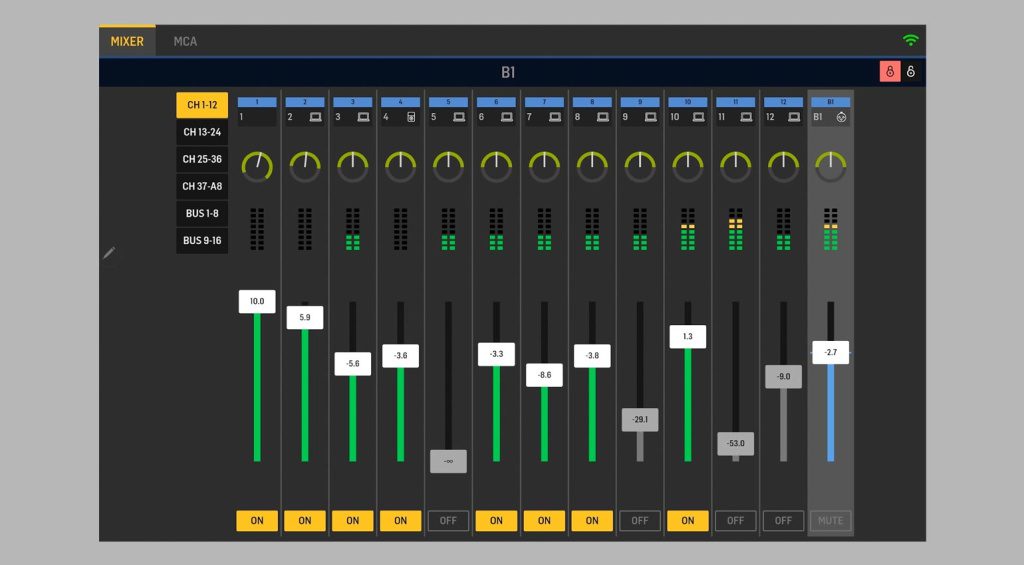
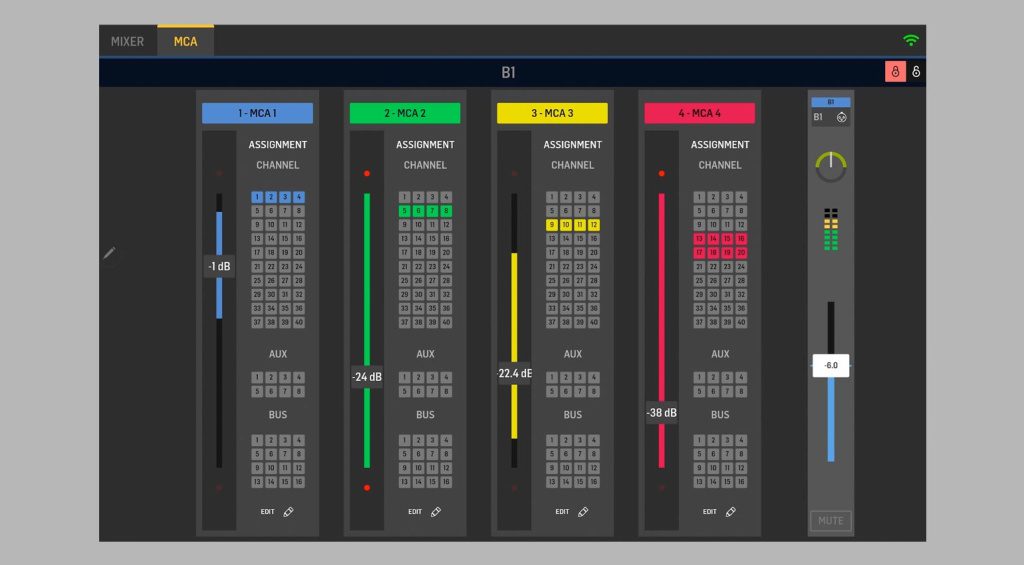
Key features of Wing Q App
- Select one of the 16 stereo aux buses
- Lock icon prevents unintentional bus change
- Mix adjustment based on individual channels or MCAs
- Name and customize your MCAs the way that makes sense to you
- All input channel sends feature level, width and pan controls
- Control the bus master volume, stereo width and panorama
You can download the Wing Q app now from the Google Play Store and the Apple App Store.
Wing Updates: More is More
[Feb 14th 2020] A firmware update has brought added functionality and features to the Behringer Wing. From the release notes, these are the ones which jumped out to us:
- TC Electronic VSS3 Reverb plugin added. The VSS3 is a high-end, studio-quality reverb plug-in, which judging from the demo clips sounds *superb*
- SD card recording/playback expanded from 2×32 channels to 64 channels across both SD cards
- Front-panel USB port now supports four-channel record/playback from a USB drive. Superb for quick backing track integration of a live show, for example
- Rear USB port still supports 48 channel record/playback to computer, alongside the above upgrades.
- Added support for additional brand/models of AES50 stage boxes
- Tap tempo integration unlocked for front panel assignable buttons
So a nice bunch of Wing updates! But Behringer isn’t done there, there’s a new app for you to play with too…
Copilot App for Behringer Wing
Behringer has launched the first version of their new Copilot app; it’s basic to start with, focussing on what Behringer calls the “Performance Setup” page. Performance Setup allows you to control channel assignment, channel colour coding, phantom power and input gain levels remotely via the app. Copilot is free and available for Android and iOS platforms although you’ll need a Wi-Fi capable router plugged into the Wing to access it.
Dante is Coming
Behringer has also confirmed the first hardware expansion card, which will be a Dante networking card. This somewhat confirms Behringer’s aspirations for the Wing as an affordable desk which will be able to rub shoulders with high-end, ultra-professional gear.
Make no mistake, The Wing is going to be a desk to watch over the coming years…
Behringer Wing rockets to #1 at Thomann: The new must-have digital mixer?
[Feb. 3rd, 2020] On its release, the new Behringer Wing digital mixing desk carried with it big expectations and implications. The company’s X32 and its sister desk, the Midas M32, had previously dominated the club mixer market. Now Wing has rocketed to number 1 on Thomann’s list of best selling digital mixers, and is the 6th best selling product on Thomann overall! Which begs the question: is this the desk we’re all going to be using soon? Or is this just a flash in the pan? Time to take another, closer look at Wing.
We’ve all seen the teaser posts, the pre-release hype and the big release build-up from Behringer. Now it’s here and it’s been selling like hot cakes. The Behringer Wing is likely to be one of the most important mixing desks released in the last few years. Why? Take a look in any small to medium capacity live venue and you’ll likely find a Behringer X32 or its sister desk, the M32.
So who is Behringer pitching this new desk at and what desks do they have in their sights? Does this mean the end of the X32 and M32? So many questions, so little space, but we’ll do our best to answer them!
Behringer Wing: Customisation and Connectivity
Customisation and Connectivity. Those two words sum up the unique selling points of the Behringer Wing over the X32/M32. The striking, modernist design of the control surface offers a touch screen along with a custom controls section. The custom controls section features 16 latching or momentary buttons and 4 rotary controls, which are user-definable to various functions.
Before now, such control surface customisation was only seen on consoles at a much higher price point (The Yamaha CL series as an example). The ability to assign buttons to tap delay, reverb send and other performance functions is a huge boon to workflow.
As with the X32/M32 a built-in expansion port offers numerous I/O upgrade paths; as standard, it appears Wing ships with an SD card recorder in the slot. Perhaps the most interesting optional upgrade is a Dante networking card; yup, Behringer is really shooting for the high end here.
The New Mid-Level Standard?
With extensive I/O connectivity, backwards compatibility with the X32/M32 AES50 based stage boxes, and high-end style workflow, Behringer Wing has a lot going for it. Hitting the streets at under £2600 it offers incredible value and promises a high-end feature set for a fraction of the price of similarly specced rivals.
Expect to see this desk appearing in a lot of live venues.

